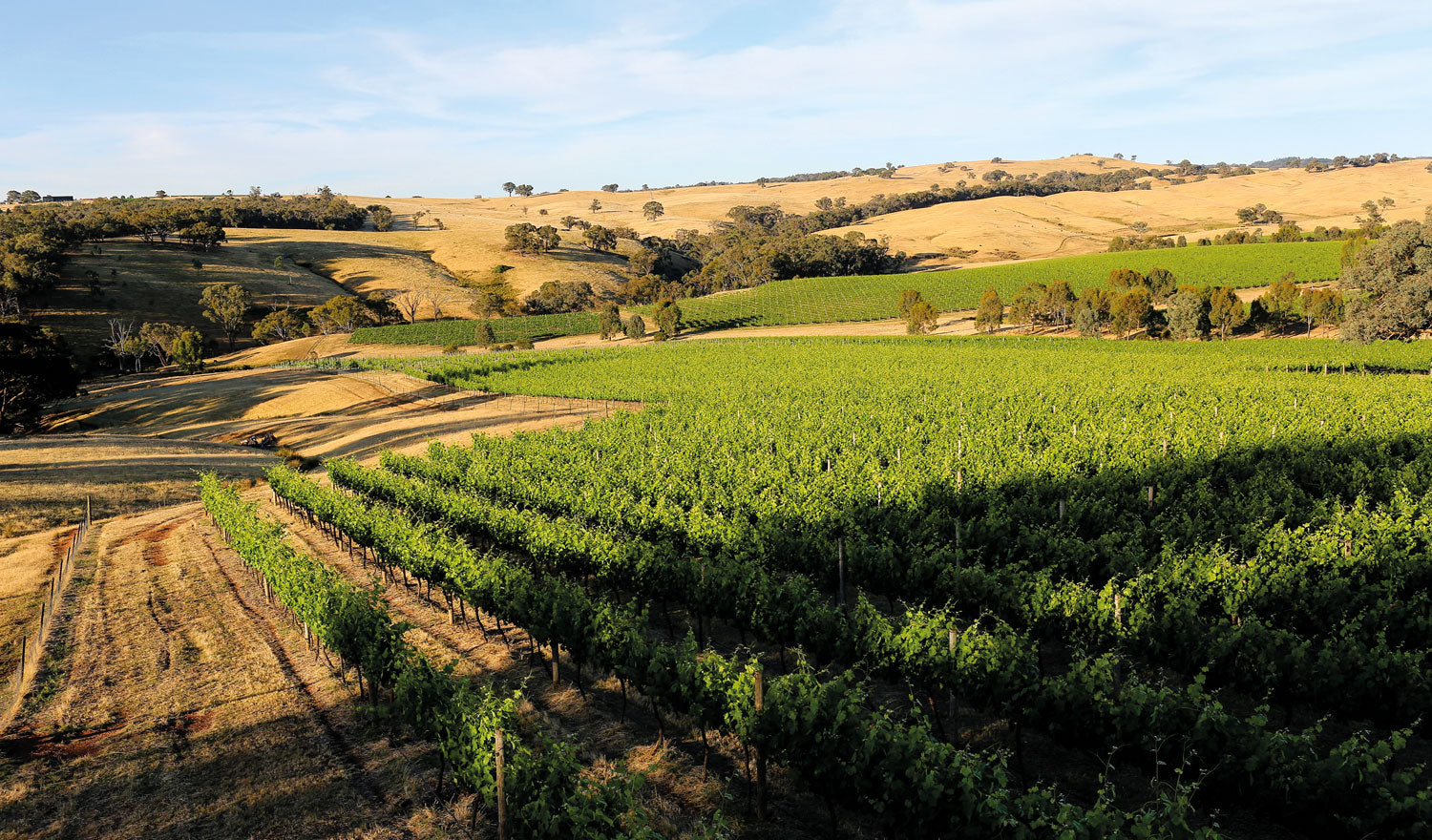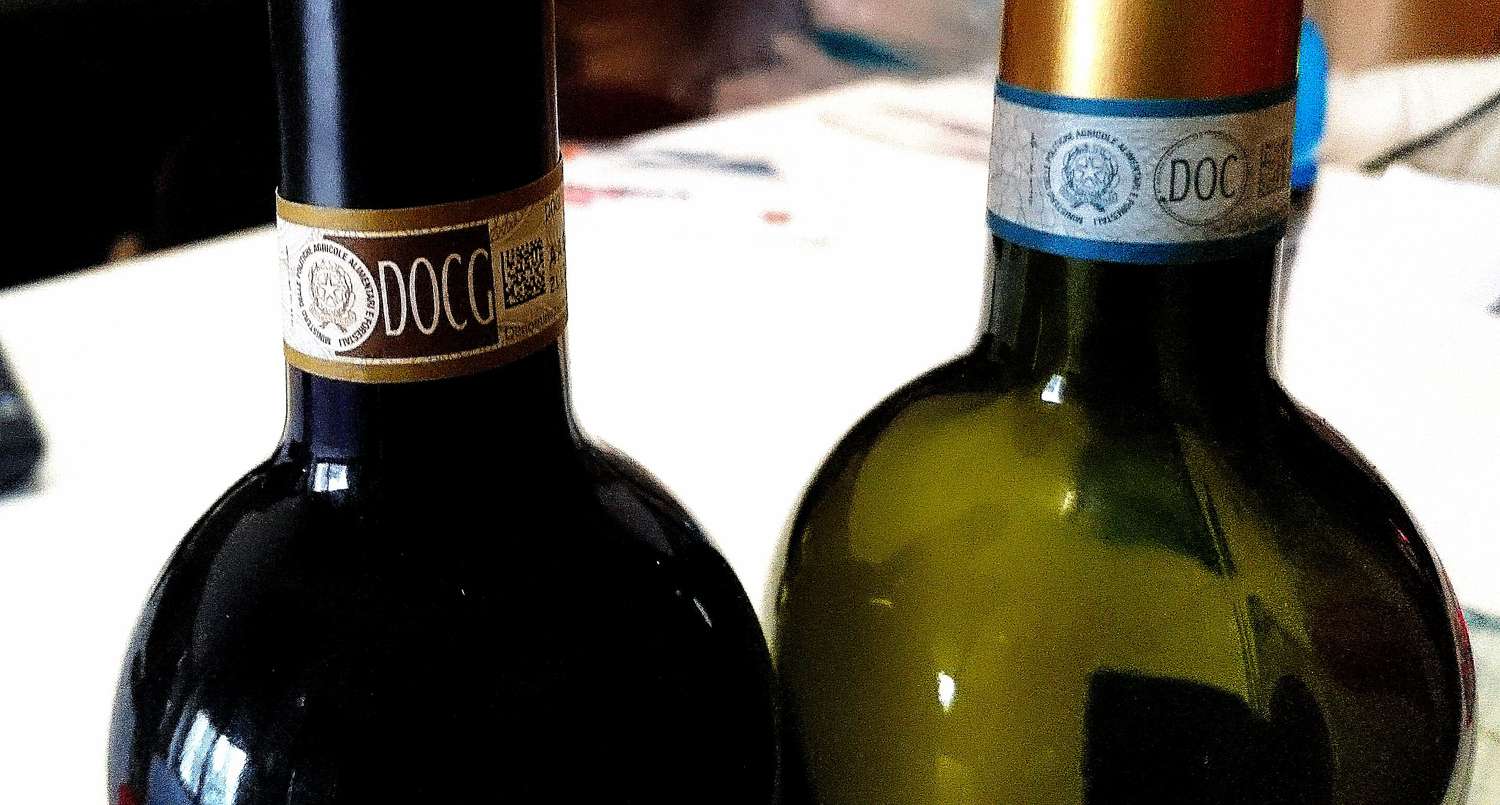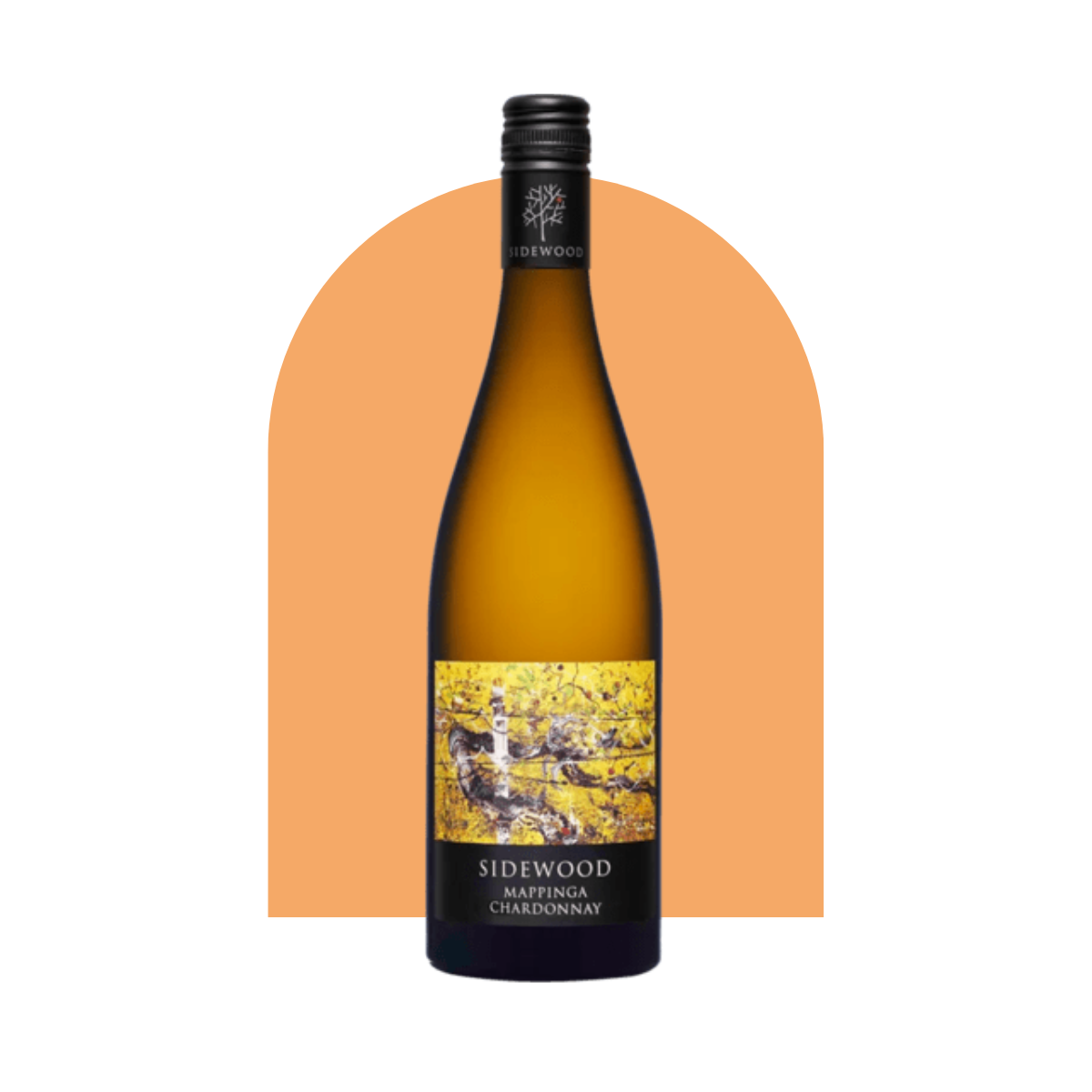Imagine this: you're looking at a wine list, and between the well-known French Bordeaux and Australian Shiraz, you see something surprising - a Chinese wine. Does it make you stop and think? Raise an eyebrow?
Let's break some stereotypes. China's wine industry is going through an incredible change, producing wines that are catching the attention of wine lovers around the world. From the sunny valleys of Ningxia to the coastal vineyards of Shandong, Chinese winemakers are combining old traditions with new methods to craft unique wines.
What if we told you that some Chinese wines are now competing with prestigious labels from traditional wine-producing countries?
Join us as we explore China's various wine regions, where we'll discover hidden treasures, meet passionate winemakers, and understand why these wines deserve a place in your glass. Whether you're an interested wine lover or an experienced collector, get ready to uncover a new chapter in the world of wine.
A Brief History of Wine Consumption in China
Wine has a long history in China, dating back over 9,000 years. Archaeological findings have uncovered pottery vessels containing fermented drinks made from rice, honey, and fruits. These ancient beverages laid the groundwork for China's vibrant drinking culture.
The Introduction of Grape Wine
During the Han Dynasty (202 BCE - 220 CE), grape wine made its entrance into China via the Silk Road. Merchants brought Vitis vinifera vines, which led to the establishment of grape cultivation in areas such as Turpan, Xinjiang.
Traditional Chinese Alcoholic Beverages
For centuries, traditional Chinese alcoholic drinks like baijiu, huangjiu, and rice wine were the main choices for social gatherings and ceremonies. The cultural significance attached to these beverages created strong preferences that influenced consumption habits.
The Shift in Chinese Drinking Culture
The 1980s brought about a significant change in China's drinking culture. Economic reforms opened up the country to international markets, allowing consumers to discover Western wines. Red wine became particularly popular among urban professionals who were looking for refined alternatives to traditional spirits.
Chinese consumers embraced wine for several reasons:
- Perceived health benefits compared to stronger alcoholic beverages
- Use as a status symbol in business settings
- Association with a Western lifestyle
- Lower alcohol content than conventional drinks
The Growing Interest in Wine
In the 21st century, there has been a noticeable shift in how wine is appreciated in China. Young professionals are now actively seeking wine education, participating in tasting clubs, and exploring various wine styles. Social media platforms play a significant role in promoting wine culture, generating interest in both international and domestic wines.
This evolving connection with wine has also led to a revival of winemaking in China. Local producers are now crafting wines that pay homage to their cultural heritage while also catering to contemporary tastes.
The Rise of the Chinese Wine Industry
The 1980s marked a pivotal moment for Chinese wine production. Economic reforms unleashed unprecedented growth, transforming small-scale vineyards into industrial powerhouses. China's wine production surged from 3.5 million liters in 1980 to a staggering 11.5 billion liters by 2018.
Government Initiatives
Government initiatives played a crucial role in this transformation:
- Tax incentives for vineyard development
- Research funding for viticulture programs
- Infrastructure development in key wine regions
- Promotion of wine as a healthier alternative to traditional spirits
International Partnerships
International partnerships accelerated industry growth through knowledge transfer and investment. Moët Hennessy made headlines in 2013 with its Shangri-La vineyard project, bringing French expertise to the Yunnan region. Other notable collaborations include:
- DBR Lafite's joint venture in Shandong
- Pernod Ricard's technical partnership with Ningxia producers
- Australian wine consultants advising emerging wineries
Embracing Technology and Sustainability
Chinese wineries embraced modern technology and sustainable practices. State-of-the-art facilities emerged across prime growing regions, equipped with temperature-controlled fermentation tanks and advanced bottling lines. This technological leap, combined with traditional Chinese agricultural knowledge, created unique wine expressions gaining recognition at international competitions.
Attracting Private Investment
The industry's rapid development attracted significant private investment, with domestic conglomerates diversifying into wine production. This influx of capital funded vineyard expansion, quality improvement programs, and marketing initiatives that positioned Chinese wines in premium market segments.
Why is Chinese Wine Gaining Popularity?
The way people in China consume wine has changed dramatically. A new generation of sophisticated Chinese consumers is embracing wine culture with unprecedented enthusiasm. These young, urban professionals view wine as a symbol of modern lifestyle and cultural sophistication.
Who is driving this change?
Chinese millennials are driving this shift, showing a marked preference for wine over traditional baijiu. Their purchasing decisions reflect a desire to explore global flavors while supporting domestic producers. Social gatherings now often feature wine tastings, creating a ripple effect of wine appreciation across social circles.
How has the accessibility of Chinese wines improved?
The accessibility of Chinese wines has improved significantly:
- Direct-to-consumer sales through e-commerce platforms
- Competitive pricing strategies by local wineries
- Presence in mainstream retail outlets
- Wine education programs and tasting events
How has social media influenced wine consumption in China?
Social media has revolutionized how Chinese consumers discover and share wine experiences. Popular platforms like WeChat and Xiaohongshu feature wine influencers who share tasting notes, food pairings, and winery visits. These digital channels have created vibrant online communities where wine enthusiasts:
- Share recommendations
- Post wine reviews
- Organize virtual tastings
- Connect with winemakers
What role does wine tourism play in increasing interest for Chinese wines?
The rise of wine tourism in China's wine regions has also sparked interest. Visitors experience firsthand the unique terroir and winemaking processes, fostering a deeper appreciation for domestic wines. This experiential aspect has transformed Chinese wine from a mere beverage into a cultural phenomenon worth exploring.
Exploring Key Chinese Wine Regions
China's diverse landscape creates a fascinating tapestry of wine regions, each with its own distinctive character and charm. Let's uncork the secrets of these remarkable terroirs that shape the nation's wines.
Ningxia: The Rising Star of Chinese Wine
Ningxia is often referred to as China's answer to Bordeaux. This high-altitude region sits at 1,200 meters above sea level and is located between the Yellow River and the Helan Mountains. It boasts several natural advantages that make it an ideal place for growing grapes:
- Abundant Sunshine: Ningxia receives approximately 3,000 hours of sunshine each year, providing ample sunlight for grape ripening.
- Favourable Climate: The region experiences a cool and dry climate, which helps maintain the freshness and acidity of the grapes.
- Nutrient-Rich Soils: The sandy soils in Ningxia are rich in minerals, providing essential nutrients to the vines.
- Protection from Winds: The Helan Mountains act as a natural barrier against harsh winds, creating a more stable environment for grape cultivation.
These unique characteristics combine to create optimal conditions for producing bold and structured red wines that have garnered international acclaim. Winemakers in Ningxia have honed their skills in crafting blends reminiscent of those from Bordeaux, with particular success in the following grape varieties:
- Cabernet Sauvignon: Known for its intense dark fruit flavors
- Merlot: Renowned for its exceptional smoothness
- Cabernet Gernischt: A local favourite known for its spicy notes
Notable wineries such as Silver Heights and Kanaan Winery have emerged as trailblazers in this region, producing wines that compete with global standards. Helan Mountain, the flagship producer of Ningxia, creates outstanding bottles that showcase the potential of its unique terroir.
The well-draining soil composition of the Loess Plateau imparts a distinct mineral character to these wines, while significant temperature fluctuations between day and night contribute to complex flavor profiles. During summer months, temperatures can vary from 25°C during daylight hours to 10°C at nightfall—this diurnal shift allows grapes to retain their natural acidity while developing rich flavors.
Ningxia's dedication to excellence has attracted substantial investment—over 40,000 hectares are now dedicated to vineyards with more than 200 wineries operating within the region. Support from local government through favorable policies and infrastructure development has played a crucial role in establishing Ningxia as China's most promising wine-producing area. With Ningxia wines gaining international recognition, it's clear that this region is not just a rising star but also a beacon of quality in the global wine industry.
Moreover, ongoing research into Ningxia's unique terroir continues to uncover more about what makes its wines so special. Studies highlight how factors such as soil composition and climatic conditions play pivotal roles in shaping the characteristics of these wines. Additionally, recent findings published in the Journal of Berry Research further emphasize the significance of understanding
2. Shandong: China's Largest Wine-Producing Region
Shandong is the largest wine-producing region in China, accounting for an impressive 40% of the country's total wine production.
Ideal Climate for Grape Growing
The maritime climate of Shandong creates an ideal environment for growing both international and local grape varieties. The combination of mild winters, warm summers, and the influence of the sea makes it suitable for cultivating a wide range of grapes.
Yantai: China's "Wine City"
In Yantai, known as China's "Wine City," Changyu Pioneer Wine Company crafts elegant Cabernet Gernischt wines, while their Italian Riesling captures the essence of coastal terroir. Yantai's vineyards benefit from the proximity to the ocean, which helps regulate temperatures and provides a unique flavour profile to the wines.
Qingdao: Another Hub for Winemaking
The region's wine scene sparkles in Qingdao too, where Great River Hill Winery produces distinctive Cabernet Sauvignon and Merlot blends. Their signature wines showcase the unique characteristics of Shandong's mineral-rich soil and moderate climate.
Mastering Grape Varieties
Local winemakers have mastered growing conditions for:
- Cabernet Sauvignon
- Merlot
- Riesling
- Chardonnay
- Cabernet Gernischt
The combination of traditional Chinese winemaking wisdom and modern techniques has positioned Shandong as a formidable force in the global wine landscape, proving that exceptional wines can emerge from unexpected places.
3. Hebei: The Great Wall Wine Company and Beyond
Hebei province, located near Beijing, is a major player in China's wine industry. The Great Wall Wine Company, founded here in 1983, has grown to become the largest wine producer in China, making wines that are enjoyed in local restaurants and featured at international wine events.
The Benefits of Hebei's Terroir
The province's unique terroir, or environmental conditions for grape growing, offers several advantages:
- Hot summers due to its continental climate
- Well-draining sandy soils that promote healthy vine growth
- Sufficient rainfall during the growing season for optimal grape development
Market Advantage and Investment Opportunities
Being close to Beijing provides an invaluable market advantage for wineries in Hebei. It allows them to quickly adapt to changing consumer preferences in the capital city. This strategic location has also attracted significant investment in vineyard technology and winemaking expertise.
Grape Varieties Thriving in Hebei
Hebei's vineyards are home to a mix of both international and local grape varieties:
- Red Varieties: Cabernet Sauvignon, Merlot, Marselan
- White Varieties: Chardonnay, Riesling, Longyan
Showcasing Hebei's Potential through Great Wall Wine Company
The flagship wines of The Great Wall Wine Company highlight the potential of this region. One standout offering is their Premium Collection Cabernet Sauvignon, which beautifully expresses Hebei's unique terroir through meticulous vineyard selection and contemporary winemaking methods.
4. Xinjiang: A Land of Extremes for Winemaking
Imagine a place where vineyards are nestled beneath towering snow-capped mountains, and grapes enjoy a generous 3,000 hours of sunshine each year. This is Xinjiang, the largest wine region in China.
The Unique Climate of Xinjiang
Located along the historic Silk Road and at the same latitude as Bordeaux, Xinjiang boasts a truly unique climate for winemaking. The region experiences extreme temperature variations with scorching summers and freezing winters, which contribute to the distinct character of its wines. These wide temperature fluctuations, combined with minimal rainfall and low humidity, create an environment that naturally shields the grapevines from diseases and pests.
The Role of the Tianshan Mountains
The majestic Tianshan Mountains are instrumental in shaping Xinjiang's wine industry. The melting snow from these mountains provides a reliable source of irrigation water, while their slopes offer optimal conditions for grape growing. As a result, several local grape varieties have found their home here:
- Cabernet Sauvignon: Known for its intense fruit flavours
- Chardonnay: Exhibiting unique mineral notes
- Marselan: Renowned for producing bold and structured wines
The Impact of Altitude and Desert Conditions
Xinjiang's high altitude and arid desert environment further contribute to the quality of its grapes. These conditions lead to grapes with exceptional sugar concentration and thick skins, resulting in wines with deep colour, rich tannins, and impressive aging potential.
5. Shanxi: Grace Vineyard's Terroir-Driven Excellence
In the heart of China's coal country, there's an unexpected gem - Grace Vineyard, a family-owned winery that's redefining Chinese wine excellence. The Shanxi region's unique terroir creates a captivating environment for winemaking, with its continental climate, high altitude, and mineral-rich loess soil.
The Beginnings of Grace Vineyard
Grace Vineyard's success story began in 1997, when the Chan family took a bold step and decided to plant vines in this unconventional location. Their gamble paid off spectacularly - the region's hot summers and cold winters, combined with minimal rainfall, create perfect conditions for growing robust reds like Cabernet Sauvignon and Merlot.
Signature Wines
The vineyard's signature wines showcase distinctive characteristics:
- Deep Ruby Reds: Rich with notes of dark fruits and spices
- Complex Tannins: Enhanced by the mineral-rich soil
- Elegant Finish: A result of the dramatic temperature variations
Natural Advantages
The region's elevation (1,000 meters above sea level) adds intensity to the grapes' flavors, while the sandy loess soil provides excellent drainage and forces vines to develop deep root systems. These natural advantages, coupled with modern winemaking techniques, have earned Grace Vineyard international recognition and numerous awards.
6. Yunnan: Where Tradition Meets Innovation in Winemaking
Yunnan's wine region, located in the foothills of the Himalayas, is a hidden gem in China's wine industry. With vineyards situated at altitudes between 1,500 and 2,500 meters, the area boasts a diverse range of microclimates created by its dramatic elevation changes.
The Benefits of Yunnan's Unique Terroir
This one-of-a-kind environment provides winemakers with ideal conditions for grape cultivation:
- Abundant sunlight
- Refreshing mountain breezes
- Nutrient-rich soils
As a result, both indigenous grape varieties and popular international ones such as Cabernet Sauvignon and Merlot flourish here, each contributing their own distinct flavours to the wines produced.
Recent Changes in Yunnan's Wine Industry
In recent years, Yunnan's wine scene has undergone significant transformation due to substantial investments being made. Some key developments include:
- Establishment of modern winemaking facilities
- Partnerships with foreign winemakers
- Exploration into grape varieties that can withstand changing climates
- Adoption of eco-friendly farming methods
One notable example of this evolution is the Moet Hennessy Shangri-La Winery, which crafts the highly regarded Ao Yun wine—a bold blend that encapsulates the essence of Yunnan's mountainous terroir in every bottle. Additionally, there are several small boutique wineries scattered throughout the region where innovative approaches are being embraced while still paying homage to traditional Chinese winemaking practices.
Notable Chinese Wines Competing Globally Against Australian Rivals Like Penfolds Grange And Henschke Hill Of Grace
The global wine industry is undergoing a significant change as Chinese wines gain recognition alongside renowned Australian brands. Here are some standout Chinese wines making a mark internationally:
Ao Yun - This luxury red blend from LVMH's Himalayan venture has captured the attention of wine critics worldwide. Its 2015 vintage earned 95 points from Wine Advocate, challenging the prestigious standings of Penfolds Grange.
Silver Heights Family Reserve - Ningxia's crown jewel crafts Bordeaux-style blends that rival Henschke Hill of Grace in complexity and aging potential. Their 2016 vintage secured multiple gold medals at international competitions.
Legacy Peak - From the Shandong region, this boutique winery's Cabernet Sauvignon consistently scores above 90 points in blind tastings against Australian counterparts.
Grace Vineyard Tasya's Reserve - A sophisticated Cabernet Franc that showcases Shanxi's terroir brilliance, earning accolades at Decanter World Wine Awards.
While Australian icons like Penfolds Grange and Henschke Hill of Grace have set benchmarks for excellence, Chinese wines are carving their own path to recognition. These wines reflect distinct regional characteristics while maintaining international quality standards:
- Price Point: Often more accessible than their Australian counterparts
- Style: Unique expression of terroir with modern winemaking techniques
- Recognition: Growing collection of international awards and critical acclaim
Conclusion: Embracing Diversity In Your Wine Journey With A Sip Of China!
Would you drink Chinese wine? The answer might surprise you. From the sun-drenched vineyards of Ningxia to the ancient terroirs of Shanxi, Chinese wines tell stories of innovation, determination, and cultural richness.
These wines represent more than just a beverage – they're a testament to China's remarkable journey in the global wine scene. Each bottle captures unique regional characteristics:
- Ningxia's bold Bordeaux-style reds
- Shandong's crisp coastal expressions
- Yunnan's high-altitude innovations
The world of wine grows richer when we embrace diverse perspectives and experiences. Chinese wines invite us to challenge our preconceptions and expand our palates. They remind us that great wines can emerge from unexpected places, crafted by passionate winemakers who dare to dream differently.
Ready to explore? Your next memorable wine experience might just come from these emerging Chinese regions. Let's raise a glass to curiosity, adventure, and the beautiful diversity of global wine culture.
FAQs (Frequently Asked Questions)
What is the current state of the Chinese wine industry?
The Chinese wine industry has seen significant growth since the 1980s, with increased production and international recognition. Factors contributing to this rise include government support, investment in the sector, and collaborations with international wine producers.
Why is Chinese wine becoming more popular among consumers?
Chinese wine is gaining popularity due to changing consumer demographics that favour wine over traditional beverages, increased accessibility and affordability of quality wines, and the influence of social media and marketing on consumption habits.
What are some key wine regions in China?
Notable wine regions in China include Ningxia, Shandong, Hebei, Xinjiang, Shanxi, Yunnan, Hunan, Guangxi Zhuang Autonomous Region, and Jiangxi. Each region has unique characteristics that contribute to its distinctive wine offerings.
What types of wines are produced in Ningxia?
Ningxia is known for its Bordeaux-style wines, particularly Cabernet Sauvignon and Merlot. The region's climate and soil conditions are ideal for viticulture, leading to acclaimed wineries producing high-quality wines.
How does Shandong contribute to China's wine production?
Shandong is China's largest wine-producing region, accounting for approximately 40% of the country's total wine production. It is known for its diverse grape varieties and notable wineries located in cities like Yantai and Qingdao.
Are there any Chinese wines that compete internationally?
Yes, several Chinese wines have received accolades at international competitions and are competing against renowned Australian wines like Penfolds Grange and Henschke Hill Of Grace. This highlights the growing recognition of Chinese wines on a global scale.





